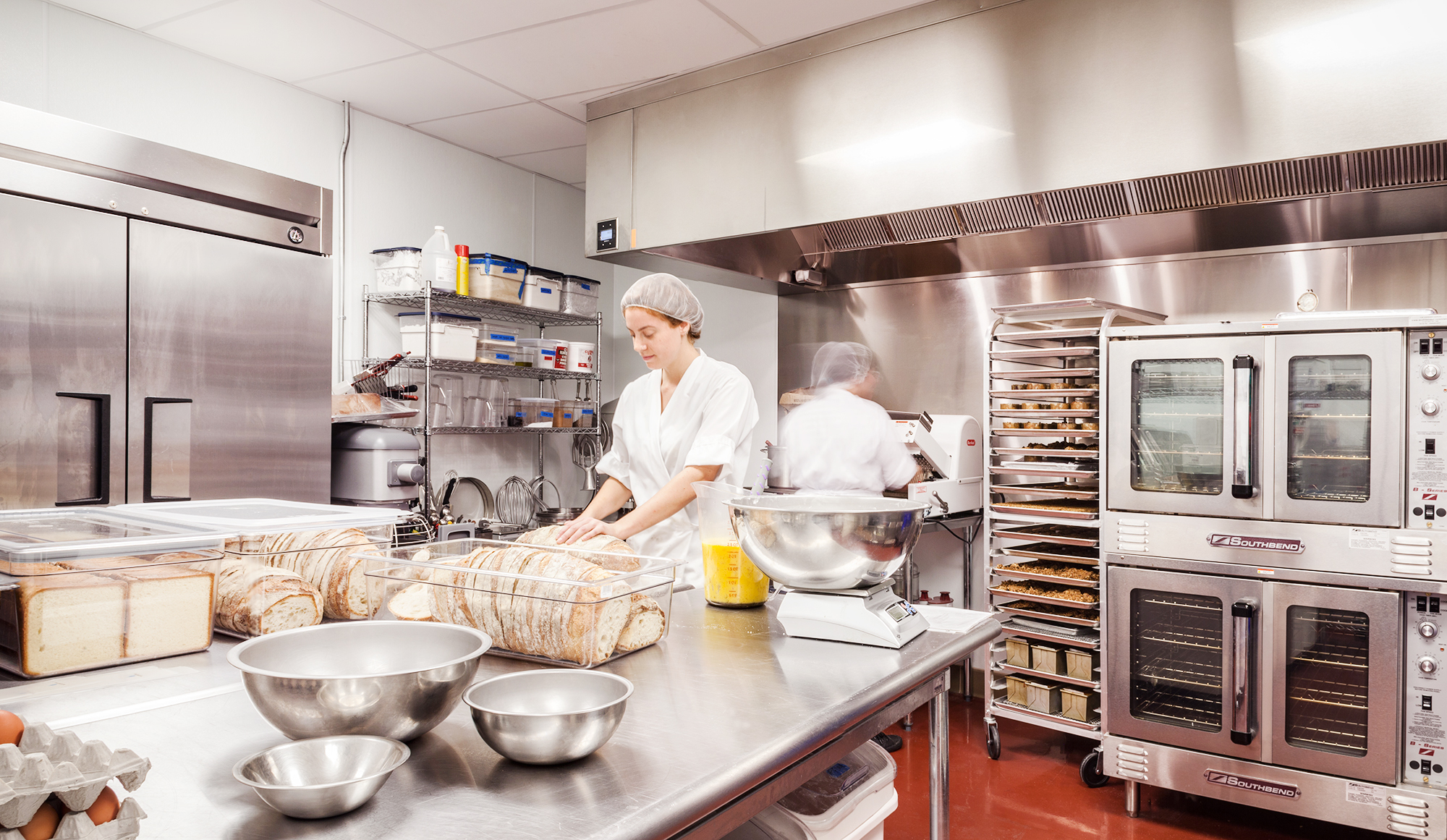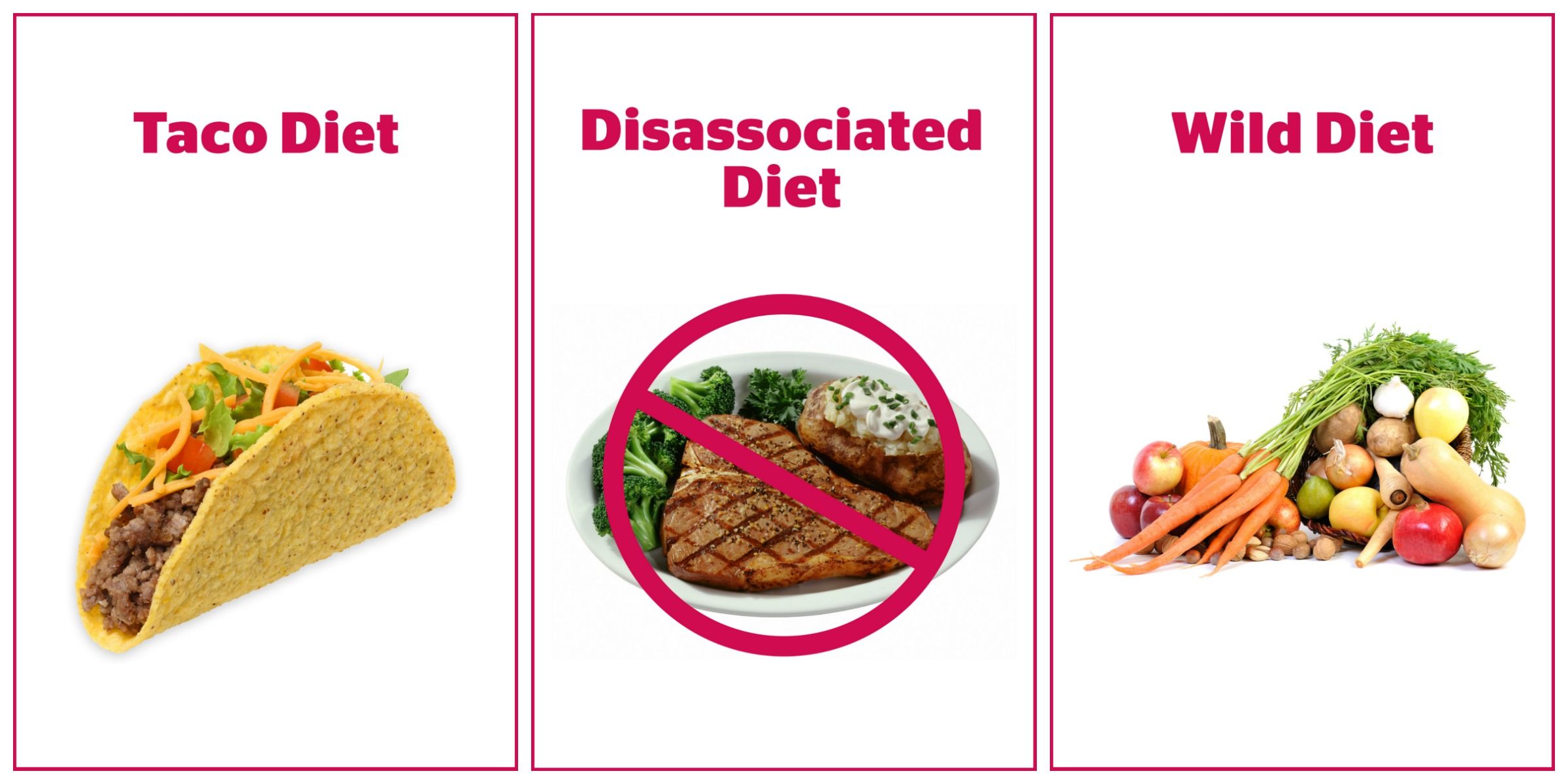What’s the difference between commercial and noncommercial food services?
The food and beverage industry is diverse, varying from a local snack bar to a gastronomic restaurant serving culinary delights.
And what role does institutional food have in all of this?
Commercial food service The majority of food service facilities are owned and operated by the private sector.
These establishments vary in many respects, and categorizing the large number of establishments into neatly formed sections is a daunting activity.
Food trucks and street food vendors were not historically mentioned in a textbook segment, but they are now a popular and quickly expanding category.
The popular Halal Guys food cart on New York City’s 53rd Street and 6th Avenue is said to earn over a million dollars per year.
Food truck/street service, like QSR companies, is counter-based and limited by their lack of street-side presence.
The next five segments to be discussed are full-service services.
Customers no longer order at the counter to carry their own food to the table.
Although alcohol is provided at Chipotle in certain jurisdictions, it is also served at a number of full-service restaurants.

There are also private family restaurants and chain restaurants.
In order to draw a huge audience, these restaurants are often found in large shopping malls and tourist areas.
Casual upscale (also known as polished casual) restaurants are a level away from upscale restaurants.
This is arguably one of the most conceptually difficult segments for people to grasp.
Restaurants in this group have service and product quality equal to premium restaurants, with average checks varying from $16.00 for lunch to $50.00 for dinner.
A notable distinction is that they can comfortably swap seats, as compared to premium restaurants where the dining style is more leisurely.
In addition, casual upscale restaurants deliver both lunch and dinner, while upscale fine dining restaurants usually only serve dinner.
Many luxury restaurants and chefs vie for a coveted Michelin Star, a top spot on one of the international lists, or a positive online review.

Such awards enable these firms maintain their exclusivity in an extremely competitive industry environment.
Other potential disadvantages Processed foods may actually take less energy to digest than whole foods, according to a study published in ” Food & Nutrition Research ” in 2010, meaning more of their food energy content is retained within the body. (en.wikipedia.org)
What Is the Most Effective Way to Begin a Food Business? If you intend to establish a food business, you must adhere to a slew of regulatory requirements.
Some of these guidelines apply to all food producers, whereas others, such as low-acid processed food, are product-specific. juice derived from fish This content contains a high-level overview of the regulatory requirements for starting a food firm.
Your food industry will be subject to new federal, state, and local requirements in addition to the provisions of the Food and Drug Administration (FDA).
This varies depending on the product and the sort of facility you run.
If you wish to start a food business, you should meet with the FDA District Office as well as the state and local regulatory agencies who have jurisdiction over your specific product and farm.
These debates will help you decide which state and local laws to follow when operating a food business.
Home-Based Businesses Food Establishment Registration Prior Notification of Food Imports Keeping track of notices Requirements for Effective Manufacturing Practice Food Additives with Critical Control Points and Hazard Analysis. (HACCP)
Substances that have contact with food Preventive Steps Inspections in labeling and reporting are carried out.
A health facility is responsible for dietary supplements and supplementary specific food product requirements. Returning to the resource’s height FDA rules extend to businesses in the food industry. The FDA controls all foods and food additives imported into or sold for sale in interstate trade, with the exception of beef, poultry, and certain refined egg products, which are controlled by the US Department of Agriculture Center for Food Safety and Applied Nutrition (CFSAN).
FDA collaborates with FDA field offices to maintain the safety of the nation’s food supplies (with the exception of beef, poultry, and some egg products, which are supervised by the US Department of Agriculture Center for Food Safety and Applied Nutrition (CFSAN)).
Approximately fifteen million individuals are employed in food service establishments, and 10% of the U.S. workforce is employed in restaurants. (psu.pb.unizin.org)
The following food companies are not controlled by the FDA: Retail food establishments are controlled by state and local governments (such as grocery shops, hotels, cafeterias, and food trucks).
Farmers’ markets are regaining popularity. If you plan to establish a home-based food venture, you can become acquainted with FDA regulations as well as those of your state and local health departments.
Food service and retail establishments are inspected by state and county health officials, who can provide technical assistance to food providers and educate consumers about food safety.
According to Title 21, Code of Federal Regulations (CFR), section 1.227, a private home is not a “facility” under federal regulations (21 CFR 1.227). As a consequence, there is no need to register with the FDA.
A private residence must meet normal private residence standards and does not include commercial facilities where a person often stays.
Over eight in ten food production workers are employed full time (82%), higher than the share of full-time employees among workers overall (76%) (kff.org)
As a consequence, a domestic or international private residence that meets the requirement for a private residence that imports, handles, packs, or stocks food does not need to be registered.
Be sure you carefully research the guidelines to determine whether they apply to your particular case.
Industrial food services, education, and sanitation Physiological and cultural influences both affect our food tastes and expectations.
Dietary complications are one of the most significant predictors of disease burden, leading to increased prevalence and mortality from noncommunicable diseases.
Diets low in fruits, tomatoes, legumes, almonds, peas, and whole grains, as well as diets high in energy, sodium, or added sugar, face dietary risks.
As a result, modern food systems must be regarded as having one of the most significant effects on global population wellbeing.
The industrial food sector provides largely low-cost food to whole populations and has become critical to national economies, contributing significantly to job creation and export trade.
Global agricultural exchange is worth approximately $1 trillion (£0.78 trillion, €0.88 trillion) each year, and grocery retail costs are approximately $4 trillion.
The average household spends nearly 50% of its food dollars in restaurants. (psu.pb.unizin.org)
The global food system produces enough food to sustain the world’s 7.5 billion inhabitants, but it has two big shortcomings.
To begin with, global supply is heavily skewed against processed products, which have the highest earnings but are nutritionally deficient and potentially risky.
Second, dietary product distribution is uneven, resulting in major disparities in geographical and economic proximity to safe and inexpensive foods.
Thus, populations appear to be malnourished in certain parts of the world, notwithstanding the fact that in several of the same countries, people overeat inexpensive, energy-dense diets and suffer from untreated noncommunicable diseases, resulting in a “double burden” of malnutrition.
Over the past 70 years, the drive to increase food calorie consumption in order to feed the world’s and population (“calorie fundamentalism”) has been criticized; globally, we produce enough food energy yet insufficient essential nutrients to sustain healthy diets.

This challenge would be exacerbated by projected global population increases across the next 50 years; extending infrastructure based solely on dietary energy demands will obviously be unfeasible due to the costs to the environment, health, and societies.
Who Is Threatened by the COVID-19 Outbreak Of Food Production Workers?
The federal government has appointed employees in the food and agriculture industries as part of the essential infrastructure workforce.
Workers in these industries are at risk for coronavirus contamination as a consequence of their continued jobs outside the home, with many facing heightened risks due to cramped working conditions.
This challenge will be compounded by predicted global population growth over the next 50 years; it simply will not be viable, owing to the costs to the environment, health, and societies, to expand production based on dietary energy requirements alone. (bmj.com)
It uncovers: Food manufacturing employs about 3.4 million employees.
While White workers account for the majority of food production workers (51%), Hispanic workers (34% ) account for half as many food production workers as their share of all workers (17 percent ).

In comparison to other staff, a higher proportion of food processing staff are noncitizens (22 percent vs 8 percent ).
Though more likely to serve full-time than other staff (82 percent vs. 76 percent), food processing personnel are more likely to have a household income of less than 200 percent of the federal poverty line (FPL), which in 2020 is $12,760 for an individual and $26,200 for a family of four. (29 vs. 19%)
Food processing employees, mostly Black and Hispanic workers, are often more likely to be uninsured than workers in other industries (17 percent vs. 10 percent ).
Employees in the food sector are more likely than other jobs to settle in non-metropolitan areas (29 percent vs. 13 percent ).
These studies show that many food processing staff have a small capacity to accept pay declines, rendering it difficult for them to leave work even though they are hospitalized and enhancing the risk of financial hardship if they do miss work.
Given the relatively high proportion of noncitizen workers, restrictions on immigrant eligibility for public services and federal financial assistance may exacerbate these potential financial difficulties.
Furthermore, because of the higher prevalence of uninsured employment in the food processing industry, food processing employees may face greater barriers to testing and treatment.
While the majority of food production workers are White (51%), Hispanic workers (34%) make up twice as many food production workers compared to their share of all workers (17%). (kff.org)
Jobs who live in immigrant communities can face additional barriers to care due to immigration-related concerns.
Outbreaks among food-processing workers, on a larger scale, could amplify COVID-19’s disproportionate impact on people of color and deepen underlying health, social, and economic disparities.
